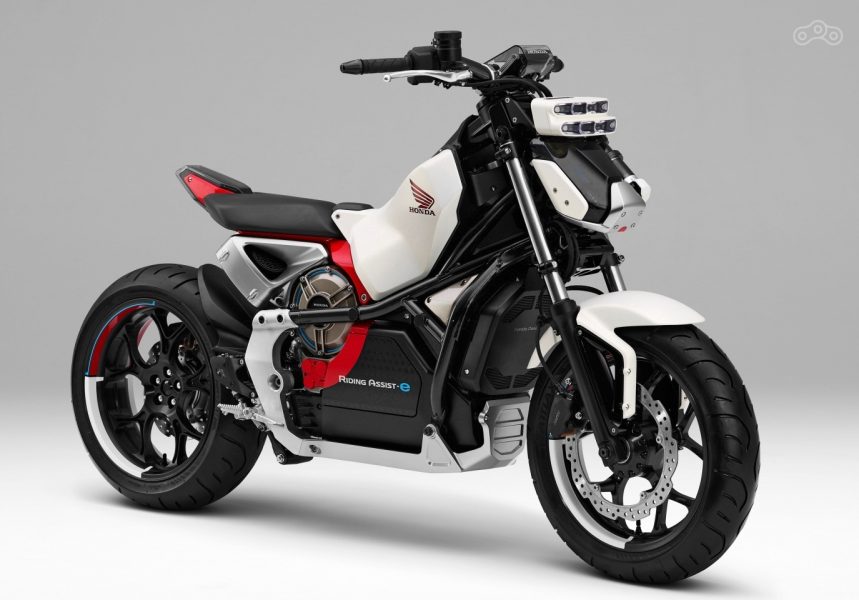
How to properly adjust mountain bike suspension
Content
Suspensions have revolutionized the practice of mountain biking. With them, you can ride faster, harder, longer and with optimal comfort. However, you have to be careful, because a poorly adjusted suspension can also punish you!
Let's summarize the settings.
Suspension spring
Suspension performance is mainly characterized by its spring effect. A spring is primarily determined by the weight that it supports and from which it will sink.
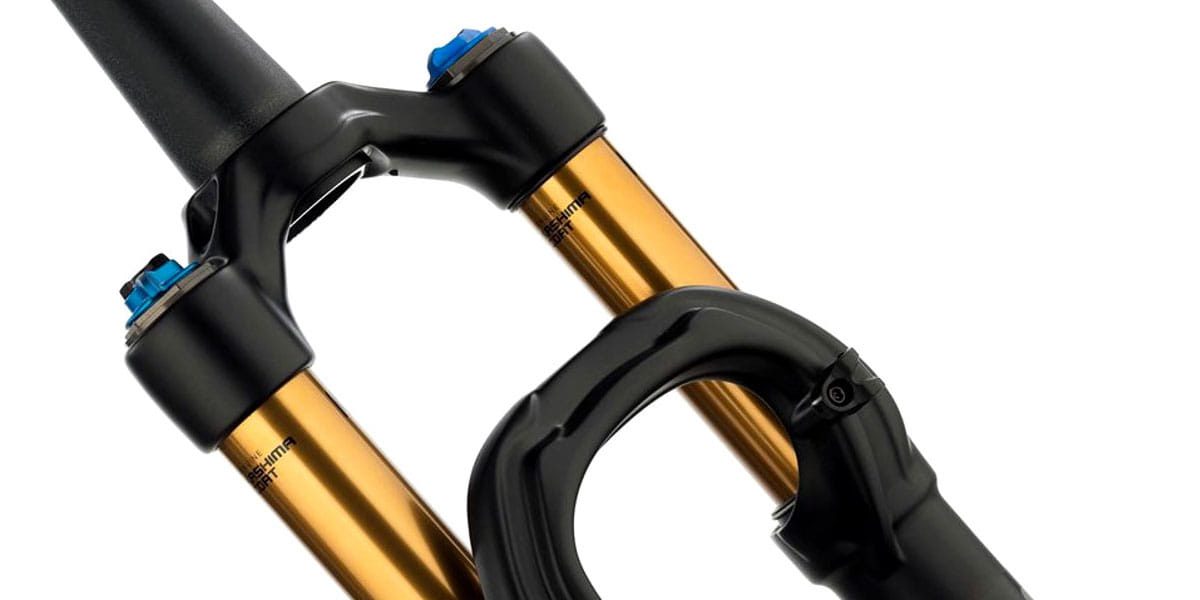
List of spring systems:
- spring / elastomer pair (first price plug),
- air / oil
The spring allows it to adapt to the rider's weight, terrain and riding style. Typically, a disc wheel is used for spring hardening in spring / elastomer and oil bath systems, while air forks and mountain bike shocks are regulated by a high pressure pump.
For MTB Elastomer / Spring Forks, if you want to significantly stiffen or soften the fork, it should be replaced with a harder or softer part number suitable for your ATV fork.
Levi Batista, helps us understand the theory of what happens during a suspension in a video in an easy and fun way:
Various types of settings
Preload: This is the basic setting available for almost all forks and shocks. It allows you to adjust the suspension according to your weight.
Rebound or Rebound: This adjustment is found on most suspensions and allows you to adjust the rate of return after impact. This is an important adjustment, but it is often not easy to make as it must be dependent on the speed and type of terrain you are driving in order to achieve optimal results.
Low and high compression speed: This setting is available on some forks, usually at a high level. It allows you to adjust the sensitivity depending on the speed of movement for large and small impacts.
Sag adjustment
SAG (from the English verb "sag" to prestress) is the preload of the fork, i.e. its stiffness at rest and therefore its depression at rest, depending on the rider's weight.
It is measured when you get on your bike and pay attention to how many mm the fork is lowered.
The easiest way:
- Equip yourself as you ride: helmet, bags, shoes, etc. (which directly affect the weight supported by the harnesses).
- Insert the clip into the bottom of one of the fork lifters.
- Sit on the bike without pressing the fork and take a normal position (better
- Pick up a speed of a few km / h and get into the correct position, because when stopping, all the weight is on the rear, and the values will be incorrect)
- Get off the bike without always pushing the fork,
- Note the position of the clamp in mm from its basic position.
- Measure the total travel of the fork (sometimes it differs from the manufacturer's data, for example, the old Fox 66 had 167, not 170 as advertised)
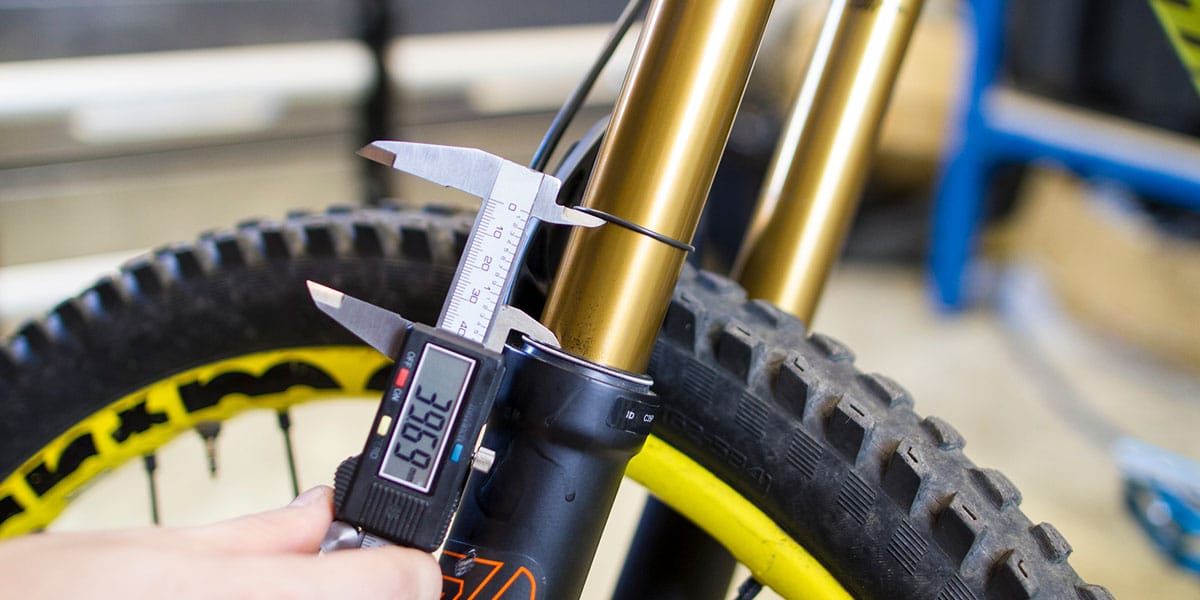
Divide the measured fork deflection by the total fork travel and multiply by 100 to get the percentage. It is the SAG that tells us that at rest it sags N% of its deflection.
The ideal SAG value is sag when stationary and under your weight, which is 15/20% of the way for XC practice and 20/30% for more intense practice, enduro in DH.
Precautions for adjustment:
- a spring that is too stiff will prevent your suspension from working properly, you will completely lose the advantage of the compression and rebound settings.
- A spring that is too soft can damage your material, because your suspension system very often hits the stops when hitting hard (even off-road).
- the air in the fork of your mountain bike does not react in the same way when it is 0 ° and 30 °, your settings should change and your pressure should be checked every month of the year to be as suitable as possible for the conditions in which you are riding ... (in winter the air is compressed: ideally add + 5%, and in summer it expands: remove -5% of the pressure)
- if you butt too often (the fork stops), you may need to reduce the slack.
- on spring forks, the preload adjustment does not have a large amplitude. If you fail to achieve the SAG you want, you will have to replace the spring with a model that is more suitable for your weight.
Compression
This adjustment will allow you to adjust the compression hardness of your fork based on your sinking speed. High speeds correspond to quick hits (rocks, roots, steps, etc.), while low speeds are more focused on slow hits (fork swing, braking, etc.). As a rule of thumb, we choose a fairly open high speed setting to absorb this type of impact well, while being careful not to deflect too much. At low speeds, they will be more closed to prevent the fork from dropping too hard when braking. But you can experiment with different settings in the field to find the one that works best for you.
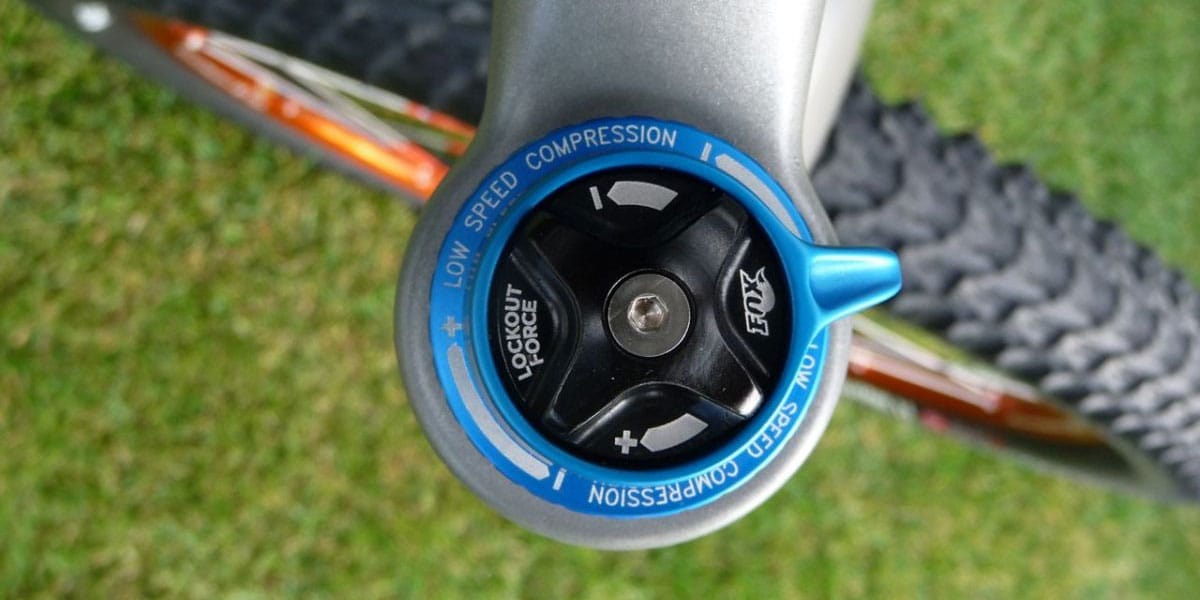
- Low speed corresponds to low amplitude compression, which is usually associated with pedaling, braking, and small impacts on the ground.
- High speed corresponds to high amplitude compression of the suspension, usually associated with jolts and impacts caused by terrain and driving.
To adjust this dial, set it by turning it all the way to the “-” side, then count the marks by turning it to the maximum to “+” and return 1/3 or 1/2 to the “-” side. This way, you maintain the dynamic compression of your MTB's fork and / or shock, and you can fine-tune the suspension setup to suit your riding experience.
Strong compression slows down the suspension travel during heavy impacts and improves the suspension's ability to withstand those heavy impacts. Compression too slow forces the rider to compensate for the harder impacts with his body, and the mountain bike will be less stable at high speeds.
Compression lock
The suspension compression lock, popular in rolling and rolling applications, works by slowing down or preventing oil flow in the chamber. For safety reasons, the fork lock is triggered by heavy impacts to avoid damaging the suspension.
If your mountain bike fork or shock lock isn't working, there are two solutions:
- Fork or shock is blocked by the handle on the handlebar, the cable may need to be tightened
- There is no oil in the fork or shock, check for leaks and add a few teaspoons of oil.
Relaxation
Unlike compression, rebound corresponds to the flexibility of the suspension when it returns to its original position. Touching the compression control triggers touching the rebound control.
Trigger adjustments are harder to find because they mostly depend on how you feel. Adjustable with a dial, which is often found at the bottom of the sleeves. The principle is that the faster the trigger, the faster the fork returns to its original position in the event of a shock. Rebounding too fast will make you feel like you are being thrown off the handlebars by bumps or a motorcycle that is difficult to control, while bouncing too slow will make your fork unable to lift and the bumps will stop. will feel in your hands. In general, the faster we move, the faster the trigger should be. This is why it is so difficult to get the right setup. To find a good compromise, don't be afraid to run multiple tests. It is best to start with the fastest relaxation and gradually decrease it until you find the right balance.
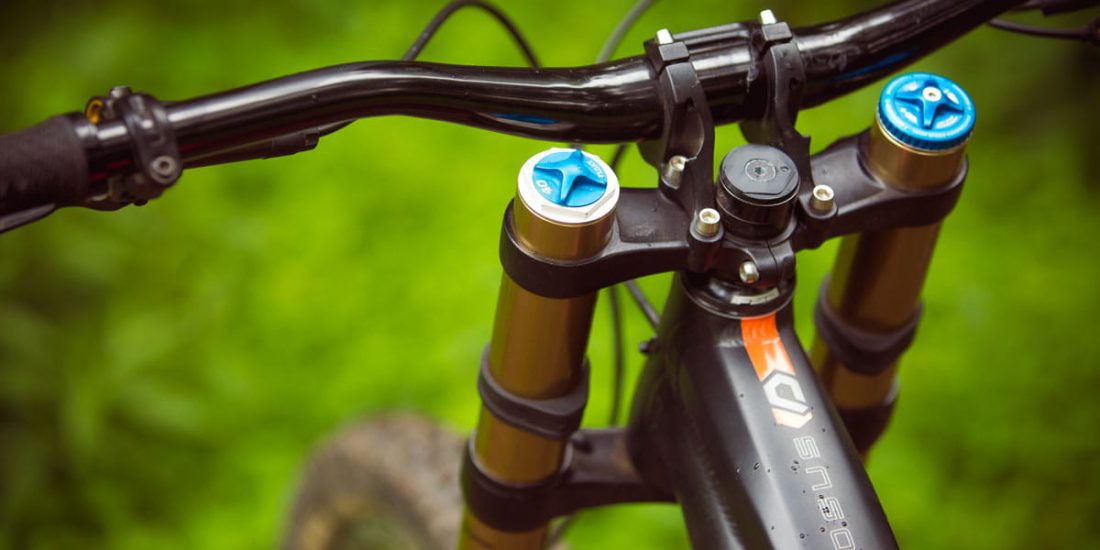
Improper trigger alignment can have serious consequences for the pilot and / or mount. A trigger that is too strong will lead to loss of grip. A bounce that is too soft increases the risk of overshooting, resulting in fork damage with repeated impacts that do not allow the fork to return to its original position.
Operation: In the expansion phase, the slurry returns to its normal state with the movement of oil from the compression chamber to its original position through an adjustable channel that increases or decreases the oil transfer rate.
Trigger Adjustment Method 1:
- Shock absorber: drop the bike, it shouldn't bounce
- Fork: Take a fairly high curb (near the top of the path) and lower it forward. If you feel yourself being thrown over the handlebars after lowering the wheel, reduce your rebound rate.
Trigger Adjustment Method 2 (Recommended):
For your MTB fork and shock: set the scale by turning it as far as possible towards the “-” side, then count the notches by turning it as far as possible to the “+” and return 1/3 towards the “-” side (Example: from “-” to “+”, 12 divisions for maximum +, return 4 divisions towards -. This way you maintain dynamic relaxation with the fork and / or shock and can tweak the suspension setup to feel more comfortable. while driving.
What about telemetry?
ShockWiz (Quark / SRAM) is an electronic unit that is connected to an air spring suspension to analyze its operation. By linking to the smartphone app, we get advice on how to set it up according to our piloting style.
ShockWiz is incompatible with some suspensions: the spring must be absolutely "air". But also that it doesn't have an adjustable negative chamber. It is compatible with all brands that meet this criterion.
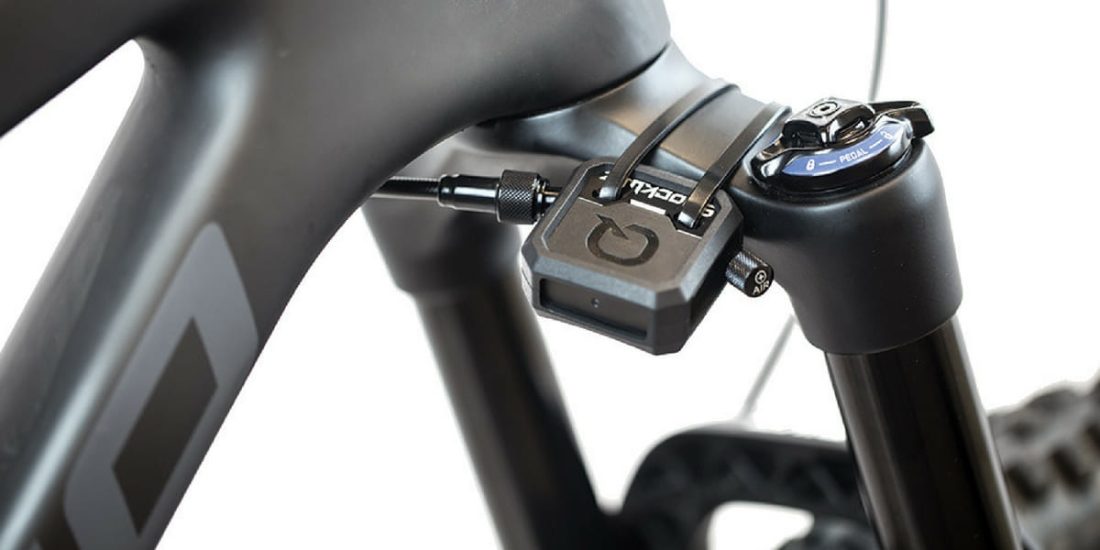
The program analyzes changes in air pressure on the spring (100 measurements per second).
Its algorithm determines the overall behavior of your fork / shock. It then transcribes its data via a smartphone app and helps you adjust the suspension: air pressure, rebound adjustment, high and low speed compression, token count, lower limit.
You can also rent it from Probikesupport.
